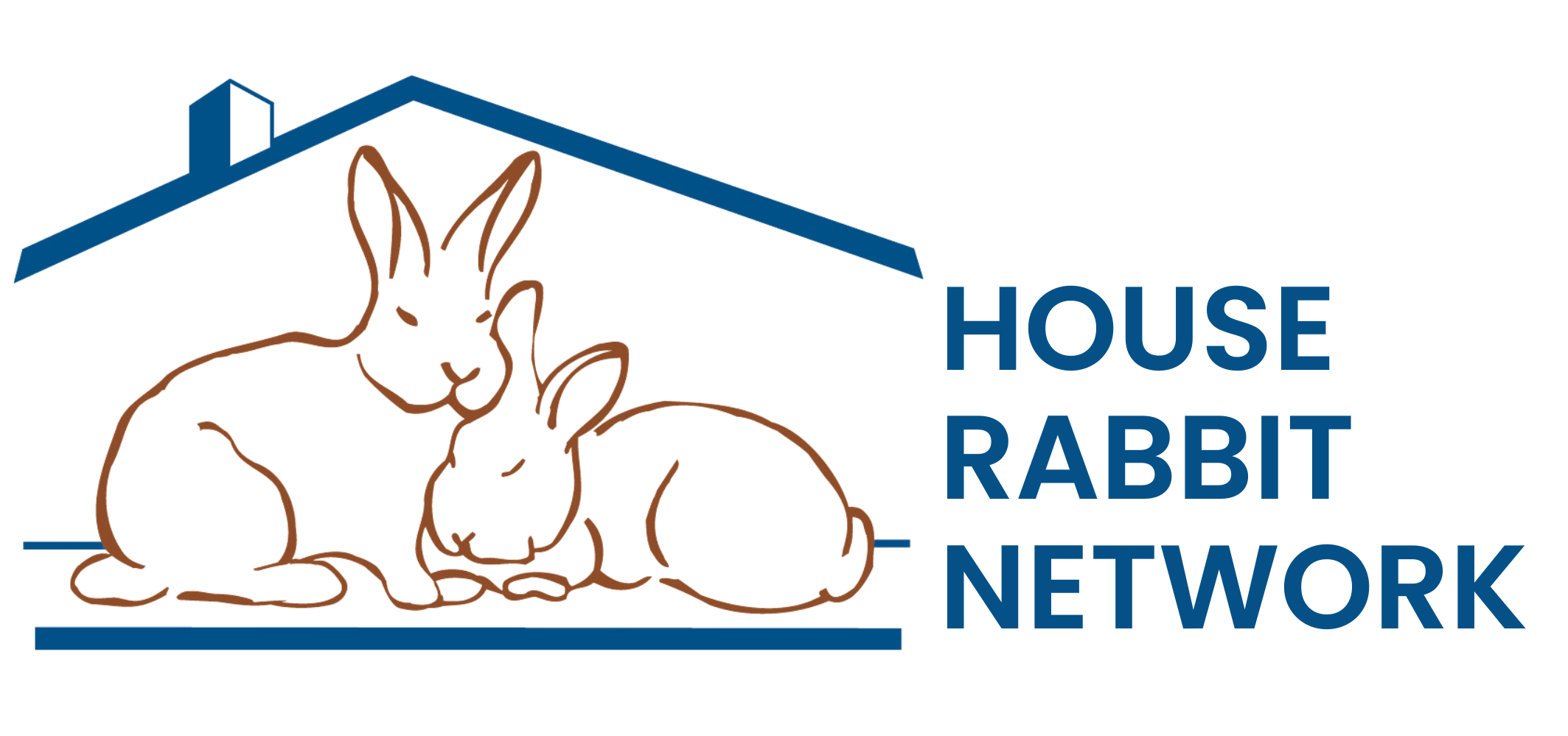Grooming Angoras
Avoiding a Bad Hare Day
by Shannon Cail
When I adopted Lily from the MSPCA, I had absolutely no idea just what I was in for. I just knew that big ball of fluff sitting in the corner of the cage, looking terrified, needed a forever home. So she came home with me right then and there. Little did I know how much care an angora would require, and what a happy, free-spirited, bossy and charismatic bun she would turn out to be.
The “fun” started as soon as I got her home. The matts of fur that Lily had acquired from “being on the streets” needed to be dealt with first and foremost. However, this can also occur from infrequent grooming, or a lack of grooming of an angora’s coat by the caretaker. I carefully started by cutting out the matts, as a brush was no match for her fur at this point. The major problem areas were behind her ears, under her legs, between her toes, her dewlap area and her cheeks. These are frequent matting areas for angoras anyway. One leg was so badly matted from front to back, I was surprised Lily could still use it to hop or even stretch it out. That matt in particular took me an hour just to work out.
After three days of working on the matts, not only did Lily look like a punk rocker, but I was finally able to brush her. Because an angora’s skin is even more delicate and paper thin than that of most buns, one must be extremely careful when cutting and brushing. Otherwise, the skin can easily be cut without one even knowing it, and brushing too hard can cause skin irritation.

In need of a cut, Lily’s fur is more of a grayish-brown color.
Important grooming tools for an angora:
- slicker brush (extra gentle)
- widely spaced metal tooth comb
- scissors (good-quality, not necessarily expensive, as an angora’s fur is thick and will cut easier if scissors are good-quality)
- electric shavers (I have found these to be very helpful to even out fur and to cut around delicate areas, such as behind the ears and the genital area – electric shavers only cut a small amount of angora fur, because of the thickness and makeup of the fur – depending on the shaver, you also do not have a chance to nick the skin as with scissors)
- blow dryer (I have heard and read that blow drying on the lowest and coolest setting prevents matts from forming, although I have yet to try this myself)

After a good cut and clipping, Lily’s fur is more of a grayish-white color
Weekly grooming:
- Brushing (all over top side brushing – gently around ear area as they are very sensitive, trying not to pull the fur).
- Feel for matts that may be forming and cut and/or shave them out if necessary.
- Check the underside to make sure there are no matts, hay, etc. stuck in the fur near the genital area, which could lead to problems.
Monthly grooming:
- Full body cut – I do it in 2-3 stages or sessions. For one or two nights (depending on how cooperative Lily is at the time) I concentrate on the body and head area with the scissors, usually cutting her fur down to about a length of 3/4″. On the third night I do her underside.
- Underside area – I enlist the help of another person to hold Lily on her back while grooming this area. Her underside area can usually be done in about an hour with several short breaks in between. This area is by far one of the most sensitive areas on Lily. I try to be a little “rough” so as not to tickle her.
- For the cheek area I used to try to cut around the whiskers, which proved to be almost impossible, especially when you have a squirmy bun on your hands. Not to mention, Lily despises her cheek area being touched. Now, (based on the advice of an angora rescue fanatic), I just cut the entire area, whiskers and all.
- Her dewlap area is still the scariest part to me. You need to be extremely careful, feeling the chest bone as you go. I cut a little at a time while she’s on her back. The person helping me is very good at holding Lily and will gently stretch her head upwards so I can trim that area.
Grooming is one of the biggest parts of owning an angora. Due to the massive amounts of fur produced and ingested by an angora during self-grooming, hay is a huge part of their diet. This is important with all rabbits, but angoras are even more susceptible to GI stasis or impaction.
With the mounds of fur I have left over after a grooming session (it still shocks me how much fur can come from such a little thing) I do one of three things: give it to another HRN member for crafting purposes, throw it away, or “donate” it to my wild feathered friends for their nests.
Even though Lily has proven to be a great deal of work, I wouldn’t trade her or her antics for anything. Angoras are by far a breed that requires a huge amount of time in order to keep them healthy and happy. Their beautiful look doesn’t just happen. It is something that only you the caretaker can make happen with time, dedication and lots of love.
by Shannon Cail
